
A team of researchers at the California Institute of Technology, led by Professor Changhuei Yang, have figured out a way to crank their microscopy up to 11. Usually, scientists are forced between a rock and a hard place: they can have high res images of small areas or low resolution pictures of larger fields. Using a strategy known as Fourier ptychographic microscopy, Yang's team was able to computationally correct a standard microscope's low res imagery, producing a billion-pixel picture. By adding an LED array to an existing microscope -- the only hardware tweak their $200 system calls for -- the researchers were able to stitch together a 20X quality image from a 2X optical lens. The information gleaned from the LED lights was corrected entirely on a computer, making it an exceptionally cost effective way to create high res microscopic images. The team's report, published by the journal Nature Phototonics, can be read in full at the source link below.
Filed under: Science, Alt
Comments
Via: California Institute of Technology
Source: Nature Phototonics
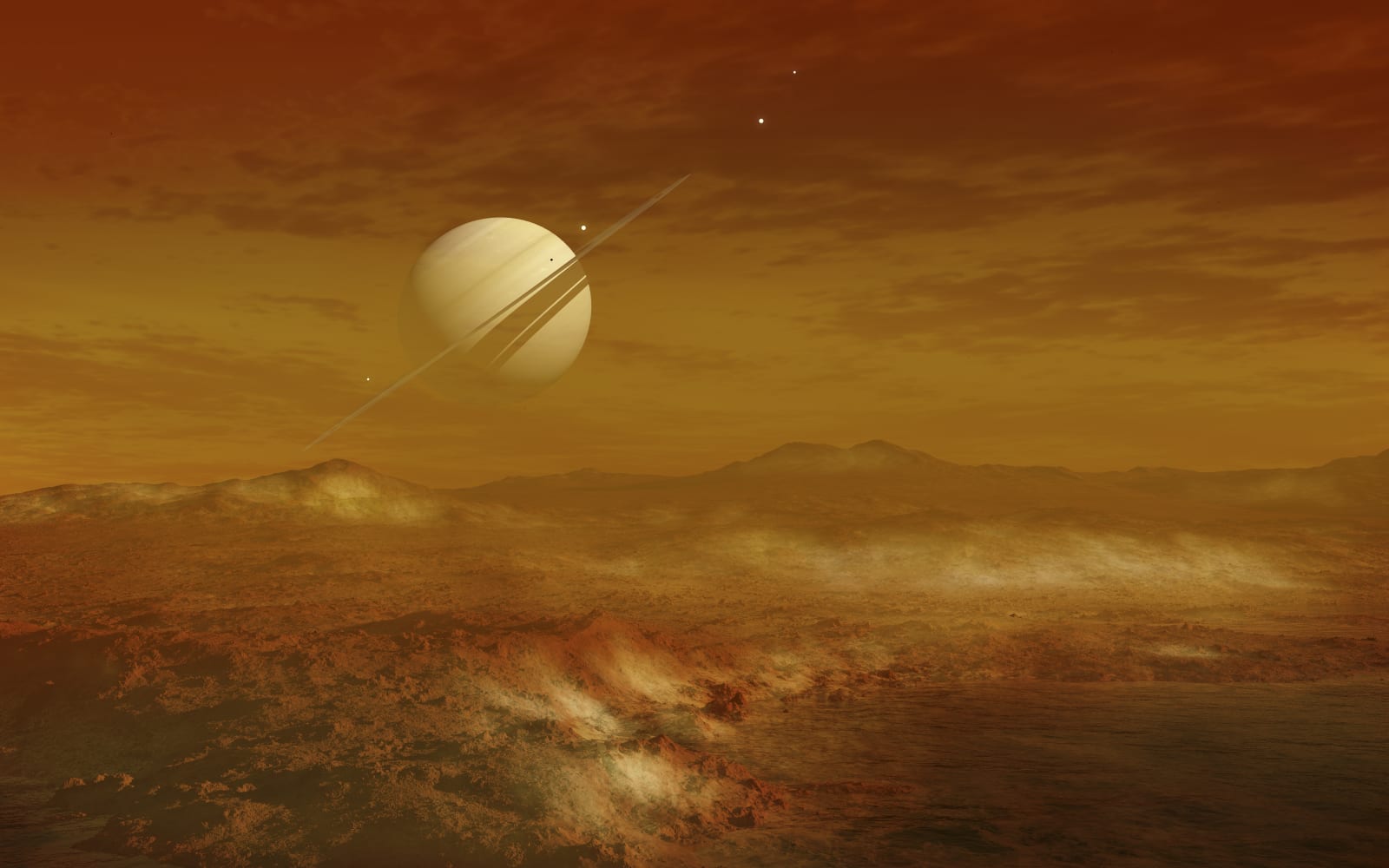 Saturn's biggest moon, Titan, is one of the few viable places humans can explore first-hand beyond Mars. It's relatively safe from radiation, it's covered in liquid (though not water) and otherwise relatively safe. But could more than a handful of...
Saturn's biggest moon, Titan, is one of the few viable places humans can explore first-hand beyond Mars. It's relatively safe from radiation, it's covered in liquid (though not water) and otherwise relatively safe. But could more than a handful of...
 Saturn's biggest moon, Titan, is one of the few viable places humans can explore first-hand beyond Mars. It's relatively safe from radiation, it's covered in liquid (though not water) and otherwise relatively safe. But could more than a handful of...
Saturn's biggest moon, Titan, is one of the few viable places humans can explore first-hand beyond Mars. It's relatively safe from radiation, it's covered in liquid (though not water) and otherwise relatively safe. But could more than a handful of...
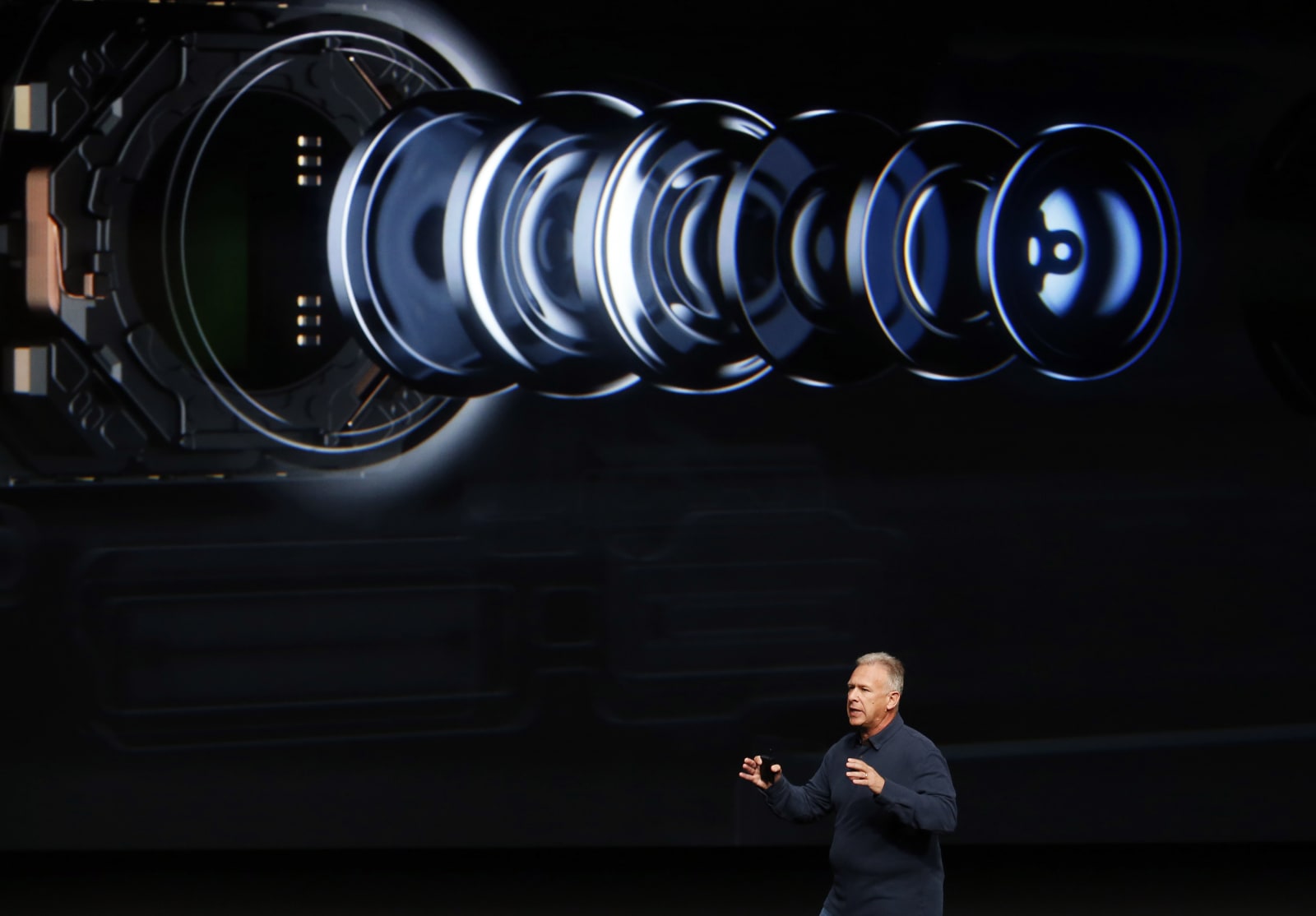 Even as our phones get thinner, there's one spot that keeps sticking out: the camera lens. Taking good pictures and being able to focus at multiple distances requires a layer of glass that's a certain size, but there's really no getting around it --...
Even as our phones get thinner, there's one spot that keeps sticking out: the camera lens. Taking good pictures and being able to focus at multiple distances requires a layer of glass that's a certain size, but there's really no getting around it --...
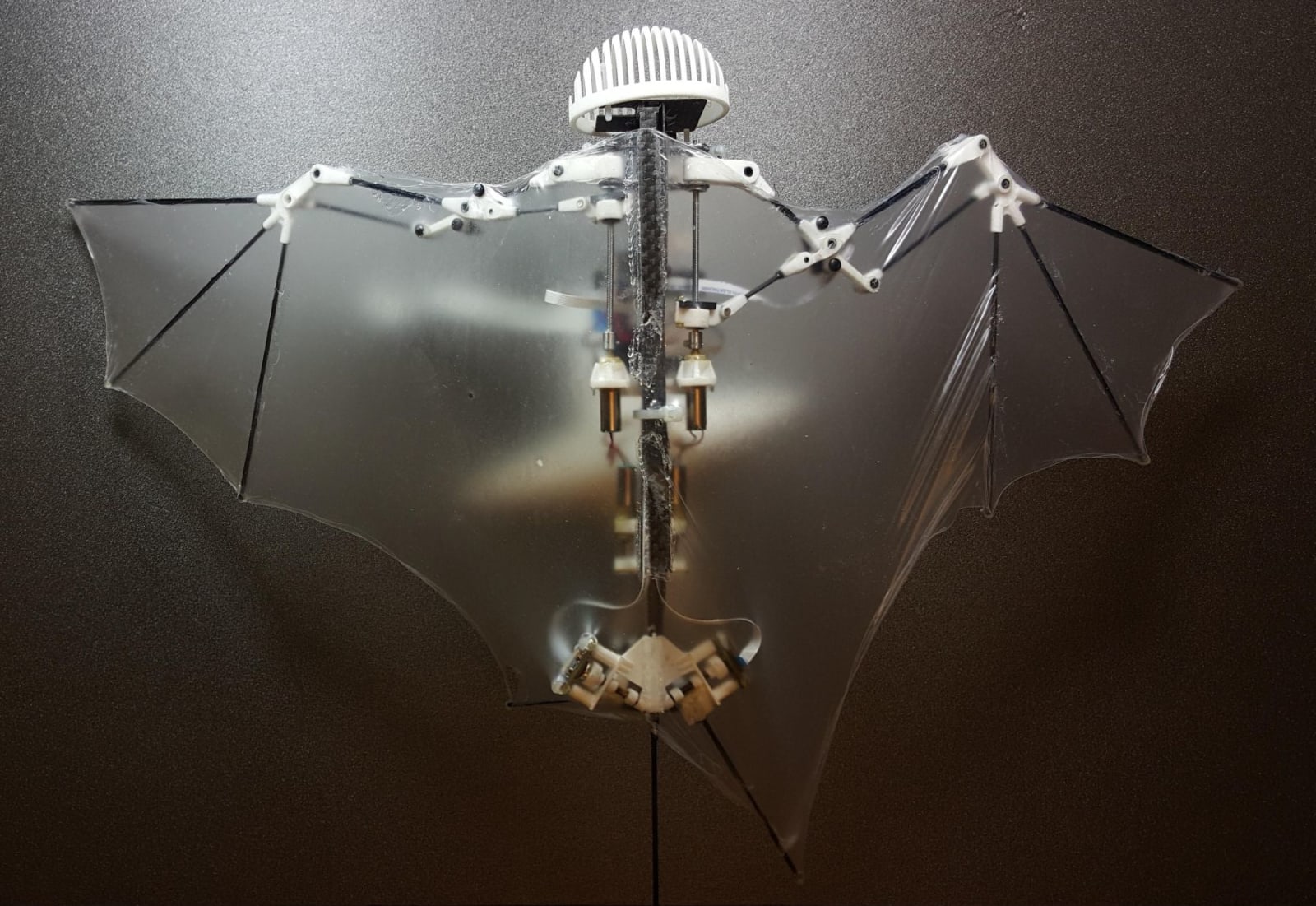 For roboticists working in the field of biomimetics, copying a bat's complex flight patterns has been a difficult problem to solve. Or, as Caltech professor and Jet Propulsion Laboratory researcher Soon-Jo Chung put it during a press conference, "bat...
For roboticists working in the field of biomimetics, copying a bat's complex flight patterns has been a difficult problem to solve. Or, as Caltech professor and Jet Propulsion Laboratory researcher Soon-Jo Chung put it during a press conference, "bat...
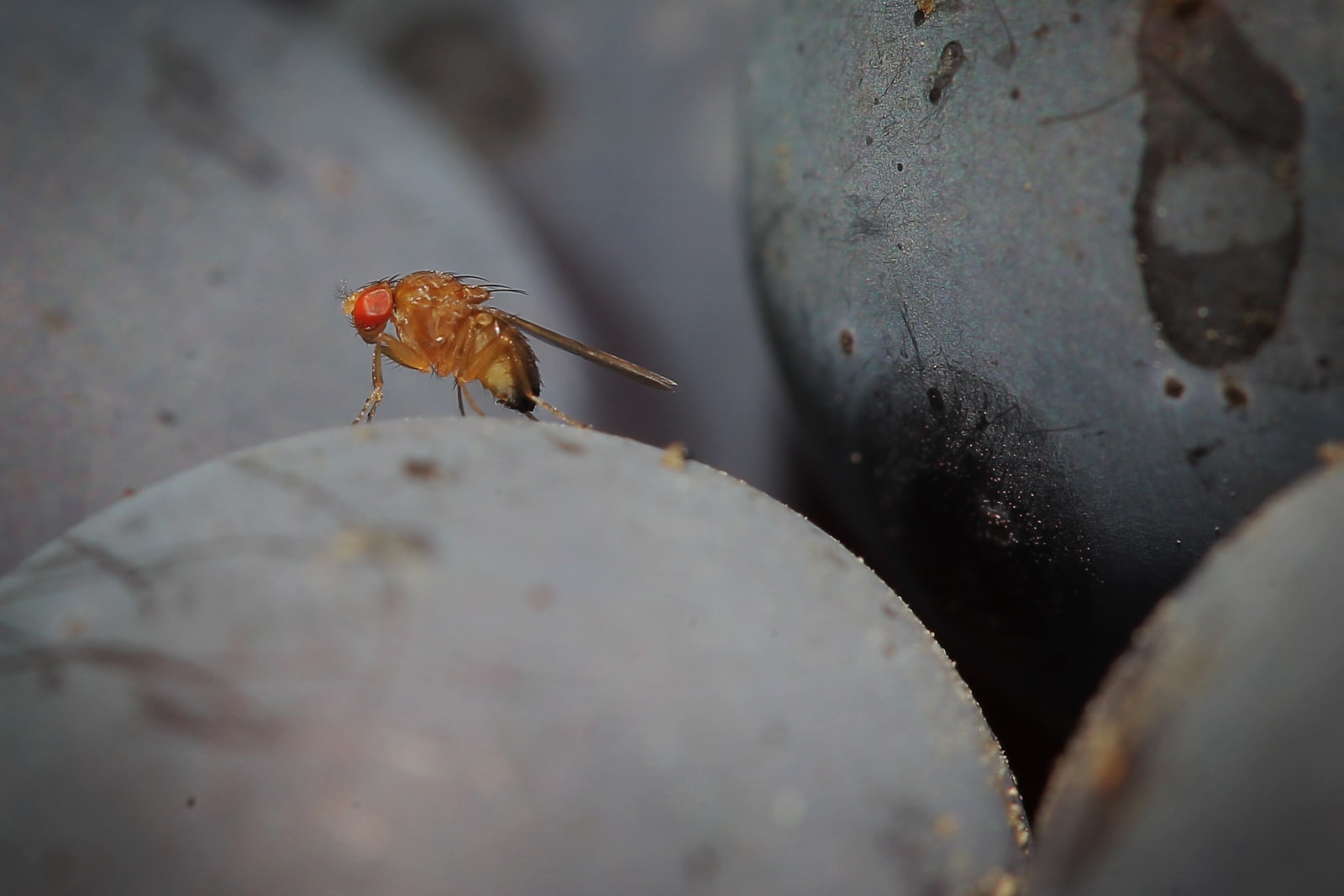 If you've ever tried to swat a fruit fly out of the air, you know how crafty the little buggers can be at avoiding your swings. Turns out that not only are they incredibly agile, they're super efficient as well, using only 12 muscles (each controlled...
If you've ever tried to swat a fruit fly out of the air, you know how crafty the little buggers can be at avoiding your swings. Turns out that not only are they incredibly agile, they're super efficient as well, using only 12 muscles (each controlled...
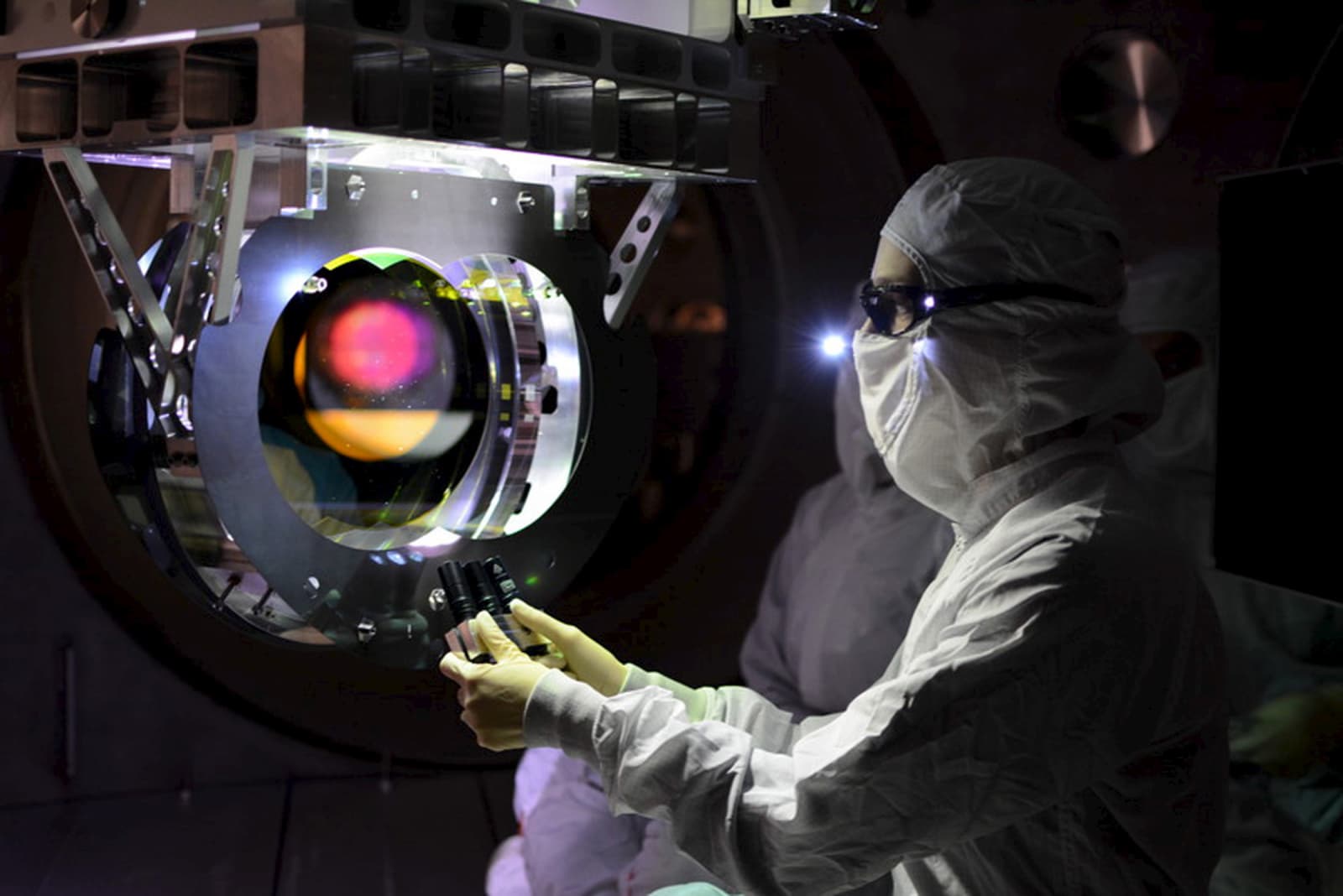 Nearly a year after LIGO, the Laser Interferometer Gravitational-wave Observatory, made physics history this past February, Caltech researchers have finally finished upgrading its capabilities and are ready to resume their hunt for gravitational wave...
Nearly a year after LIGO, the Laser Interferometer Gravitational-wave Observatory, made physics history this past February, Caltech researchers have finally finished upgrading its capabilities and are ready to resume their hunt for gravitational wave...
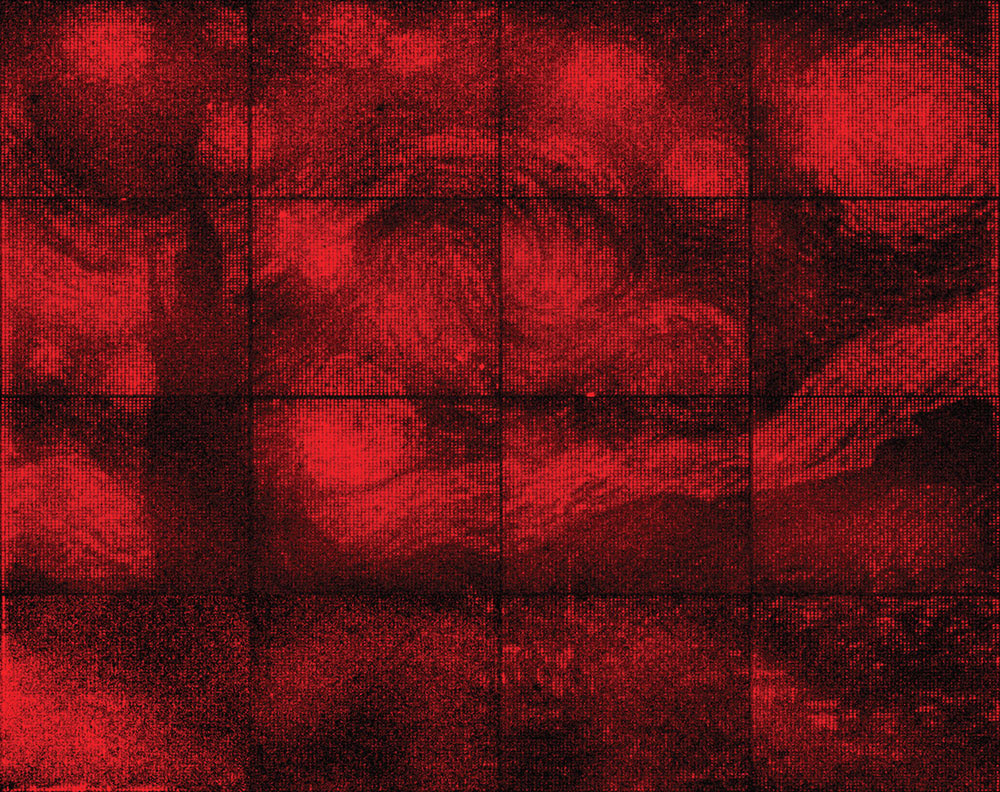 Art recreated in miniature is oddly compelling, requiring precision and a lot of patience. Caltech scientists have taken their own stab at it and recreated Vincent van Gogh's classic The Starry Night at about the width of a dime, but with their own s...
Art recreated in miniature is oddly compelling, requiring precision and a lot of patience. Caltech scientists have taken their own stab at it and recreated Vincent van Gogh's classic The Starry Night at about the width of a dime, but with their own s...
 Scientists have known for a while that the molecular ingredients of life can be found in nearby comets and meteorites, but it's now clear that those building blocks exist much, much further away from home. A research team has used spectral analysis...
Scientists have known for a while that the molecular ingredients of life can be found in nearby comets and meteorites, but it's now clear that those building blocks exist much, much further away from home. A research team has used spectral analysis...
 Apple's legal troubles with schools aren't over yet: Caltech has sued Apple and chipmaker Broadcom for allegedly violating four WiFi-related patents. Supposedly, most Apple devices (including the iPhone, iPad, Mac and Apple Watch) from the iPhone 5...
Apple's legal troubles with schools aren't over yet: Caltech has sued Apple and chipmaker Broadcom for allegedly violating four WiFi-related patents. Supposedly, most Apple devices (including the iPhone, iPad, Mac and Apple Watch) from the iPhone 5...
 Caltech professor Julia Greer and her team have taken a really close look at diatoms and found them to be tougher and more resilient than previously thought. Diatoms are single-celled, mostly microscopic algae encased in hard shells made of silica ca...
Caltech professor Julia Greer and her team have taken a really close look at diatoms and found them to be tougher and more resilient than previously thought. Diatoms are single-celled, mostly microscopic algae encased in hard shells made of silica ca...
